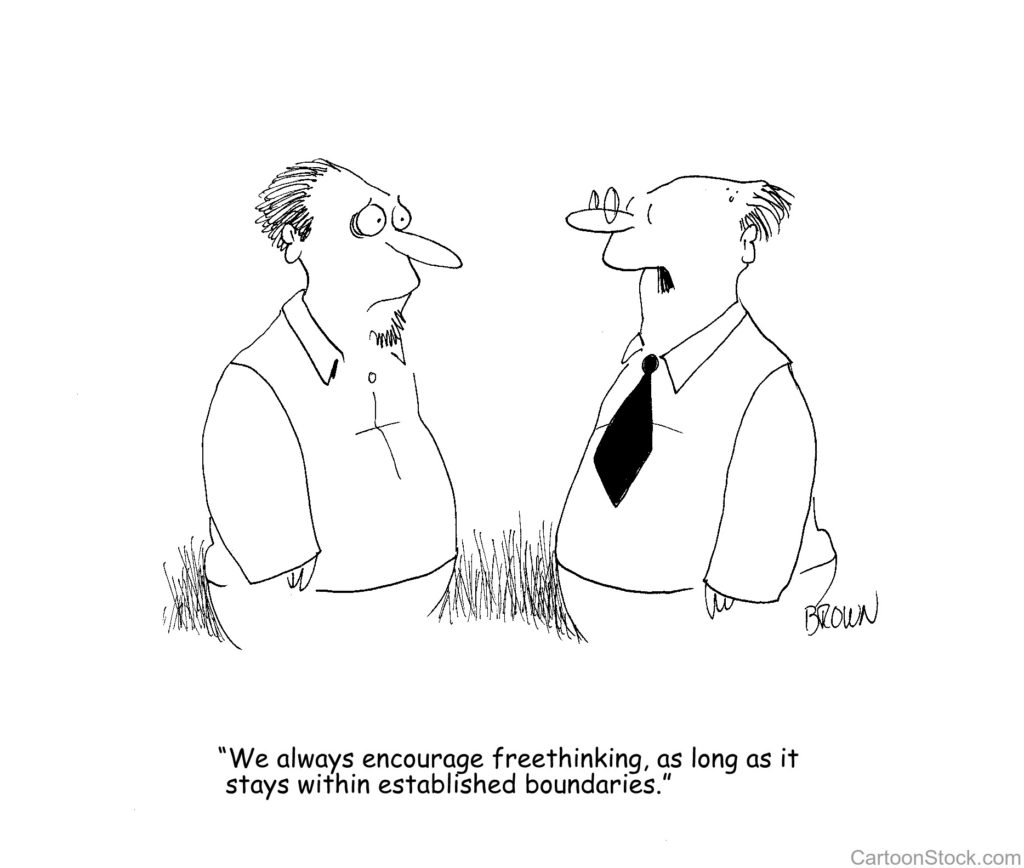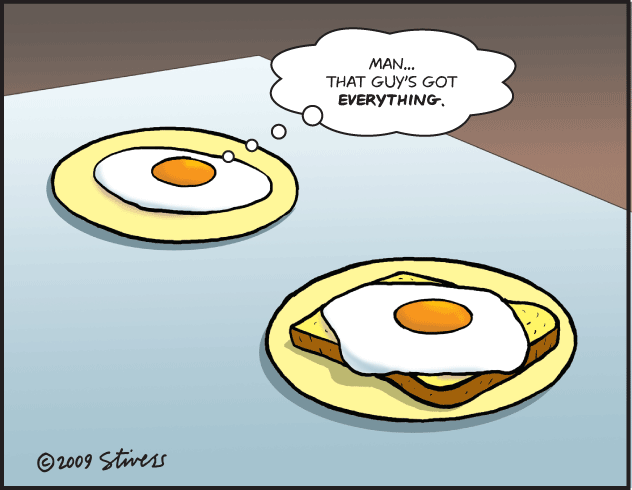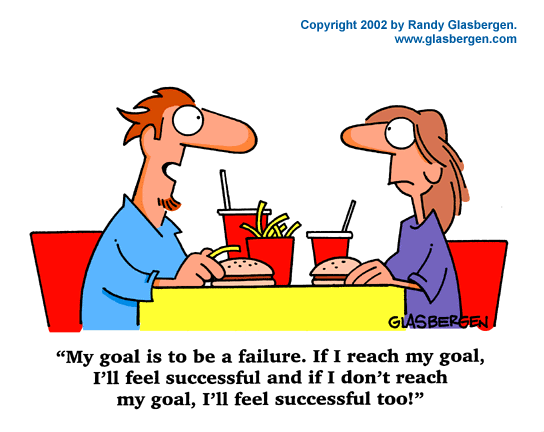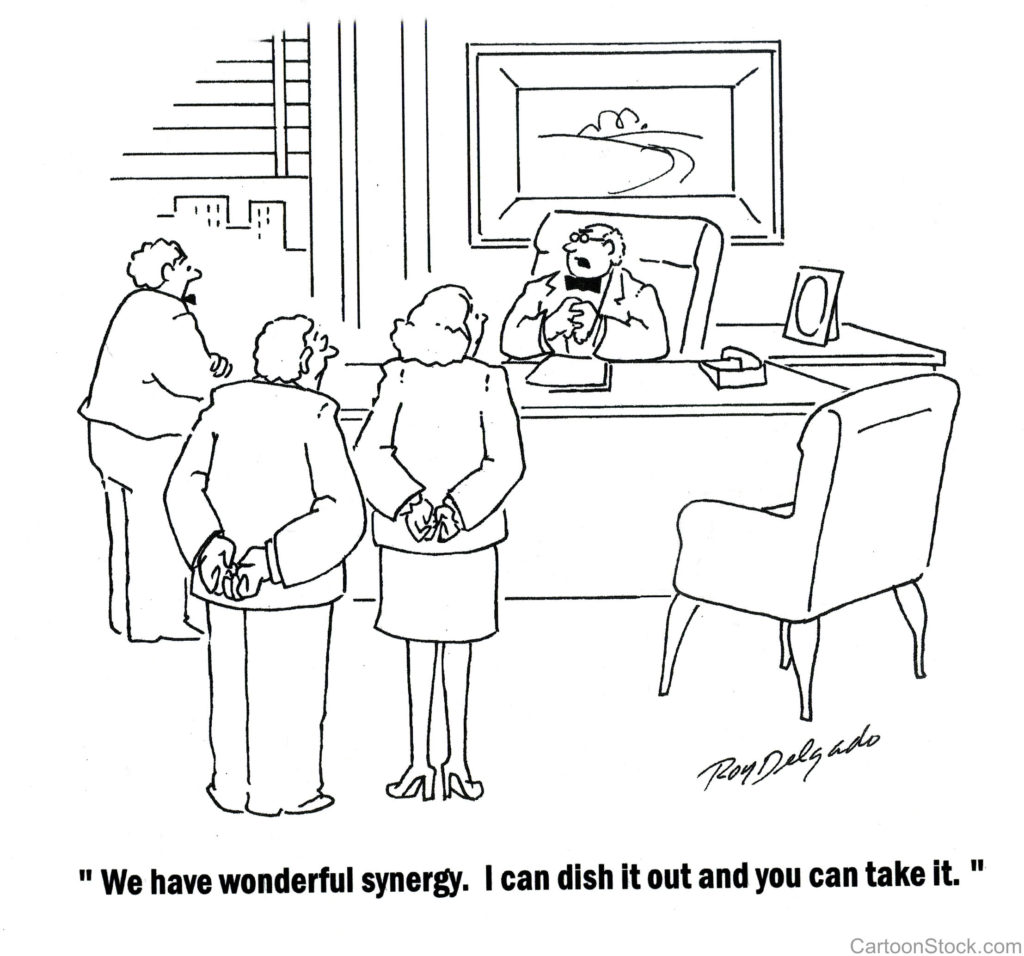 Every December, Mary and I spend seven days on the Queen Mary 2, traversing the North Atlantic from London to New York. It is an incredible experience; I want to be on that exact trip every year until I die.
Every December, Mary and I spend seven days on the Queen Mary 2, traversing the North Atlantic from London to New York. It is an incredible experience; I want to be on that exact trip every year until I die.
This year we took my four-year-old grandson, Benjamin. Prior to leaving, I determined that I would assume a new role in Benjamin’s life; in addition to being his favorite adult playmate I would become his tutor.
So I developed a plan. Every day after lunch, we would meet for one hour to study mathematics, vocabulary, and other subjects, then go swimming, then take a nap. If he completed that quadfecta (eat, study, swim, nap), he would get a present (I felt it necessary to include some extrinsic motivation).
When working on addition and subtraction we used our ten fingers as the main teaching tool. It’s amazing what you can teach using your ten digits (and math can get more involved when you include toes).
Which reminded me of an interesting, hypothetical connection that Fred Hoyle (a famous British astronomer) made about our fingers and computers. Hoyle speculated that if we had been born with eight digits instead of ten, we would have adopted octal arithmetic instead of decimal arithmetic. (He assumed that early humans learned the basics of math using their ten fingers just like Benjamin did on the trip.) Since 8 is a power of 2, we would have discovered binary arithmetic early on and since electronic computers are built on binary numbers, we might have invented computers a century earlier than we did.
Things that give order to our world can also restrict our thinking. Our division of time—24 hours in a day, 365 days in a year—is helpful but highly suggestive and can become deterministic.
We inherit structures and systems from the past that both assist and mislead.
For instance, do you know why American trains run on tracks 4 ft 8.5 inches wide? You’re not going to believe the answer. Click here to read all about it.
https://aviationhumor.net/the-us-standard-railroad-gauge-is-4-feet-8-5-inches/
Do you know why the letters on our computer keyboards are arranged very inefficiently, such that it slows down our typing speed? Because when mechanical typewriters were first invented people could type faster than the mechanics could accommodate (are you old enough to remember the levers getting jammed before they struck the page?) so engineers designed the keyboard in such a way as to slow down the typing. More efficient keyboards have been developed but people refuse to learn a new approach.
Beware of constructs that constrict. We’re helpless to change most of them (railroad tracks, keyboards), but some of them can be altered.
[reminder]What are your thoughts about this essay?[/reminder]
[callout]I’m hosting a trip to Peru, May 6-15, 2020. It will be limited to 50 travelers. Here’s the brochure. On Saturday, May 18, 2019 from 4:00-5:00, I’m hosting a free information meeting for anyone who wants more details about the trip. It will be held in the DFW metroplex and broadcast live on Facebook for those who live elsewhere. If you want to attend, email me at [email protected] or respond to this blot post. [/callout]


 On May 6, 1954, middle-distance athlete Roger Bannister ran the first sub-four-minute mile in recorded history. The 25-year-old native of Harrow on the Hill, England, completed the distance in 3:59.4 at Oxford. At the end of the year, Bannister retired from running to pursue his medical studies. He later became a neurologist.
On May 6, 1954, middle-distance athlete Roger Bannister ran the first sub-four-minute mile in recorded history. The 25-year-old native of Harrow on the Hill, England, completed the distance in 3:59.4 at Oxford. At the end of the year, Bannister retired from running to pursue his medical studies. He later became a neurologist. A draft horse is a large, muscular animal that, prior to the industrial age, was used for pulling big loads. One draft horse can pull an 8,000-pound load. Two draft horses randomly linked together can pull a 24,000-pound load. If the two horses have been trained to work together they can pull 32,000 pounds
A draft horse is a large, muscular animal that, prior to the industrial age, was used for pulling big loads. One draft horse can pull an 8,000-pound load. Two draft horses randomly linked together can pull a 24,000-pound load. If the two horses have been trained to work together they can pull 32,000 pounds